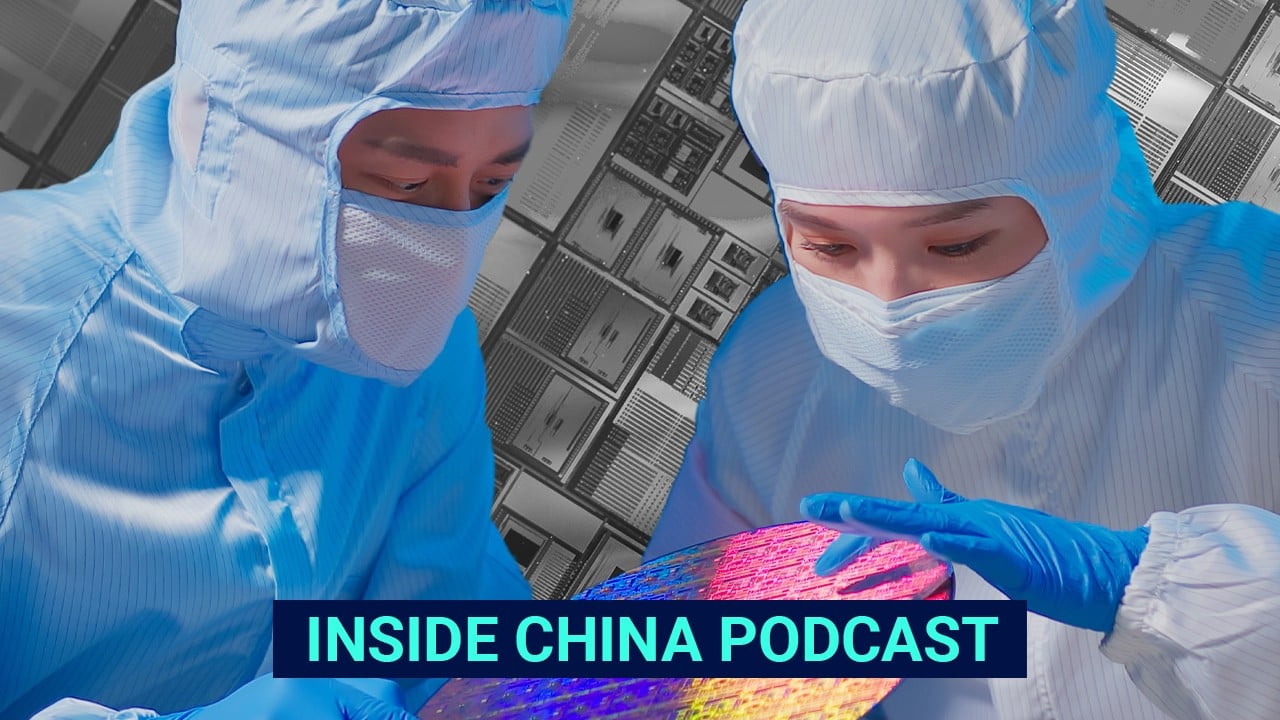
China’s top chip designers form RISC-V patent alliance to promote semiconductor self-sufficiency
- Alibaba’s chip unit T-Head, VeriSilicon and seven other firms announced the formation of the patent alliance at a RISC-V industry forum in Shanghai
- Shanghai, China’s chip production hub, has been pouring resources into the open source architecture in a hedge against reliance on Intel and Arm
A group of leading Chinese chip design firms have formed a patent protection alliance for RISC-V, as the country bets on the open-source architecture to help achieve its long-sought goal of semiconductor self-sufficiency.
Members of the alliance will share patents with each other and license them to third parties in the name of the alliance, according to Dai Weimin, chairman of VeriSilicon and head of the China RISC-V Industry Alliance, formed in 2018. The new alliance aims to contribute to a “healthy” open-source chip ecosystem and promote the rapid development of RISC-V technologies.
The alliance, which also includes RISC-V intellectual property (IP) vendor Nuclei System Technology and Baidu-backed chip maker StarFive, marks the latest move to support the development of an open source alternative to standards controlled by foreign tech giants.
RISC-V is an open-standard instruction set architecture that gives chip developers the ability to configure and customise their designs. First published in 2010, it is the fifth generation of cooperative projects from researchers at the University of California, Berkeley.
It has gained popularity in China amid hopes that the technology can help it break what is largely a duopoly controlled by US-based Intel and UK-based Arm, bringing the country closer to its strategic goal of technological self-sufficiency.
China’s enthusiasm for RISC-V stems from its numerous benefits as an open standard. As the cost of innovation in chip design is high, a chip start-up has to raise around US$20 million to deliver a working prototype, compared with US$3 million for an internet start-up, according to the RISC-V Foundation, which manages the standard.
As an open source chip ecosystem, RISC-V can offer faster time to market with lower costs, lowering barriers to entry for the industry, the foundation said in an article published earlier this month.
Shanghai – China’s hub for semiconductors, which along with artificial intelligence and biomedicine is one of the city’s three leading industries – became the first place in the country to kick-start RISC-V development.
In 2018, the city introduced specific financial incentives to encourage companies to develop RISC-V processors and related IP as part of the city’s larger incentive package for the chip industry.
In 2018, Microsoft joined the Open Invention Network, giving the Linux community royalty-free access to the software giant’s 60,000 patents and ending the years-long patent war with the Linux Foundation.


